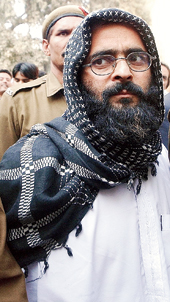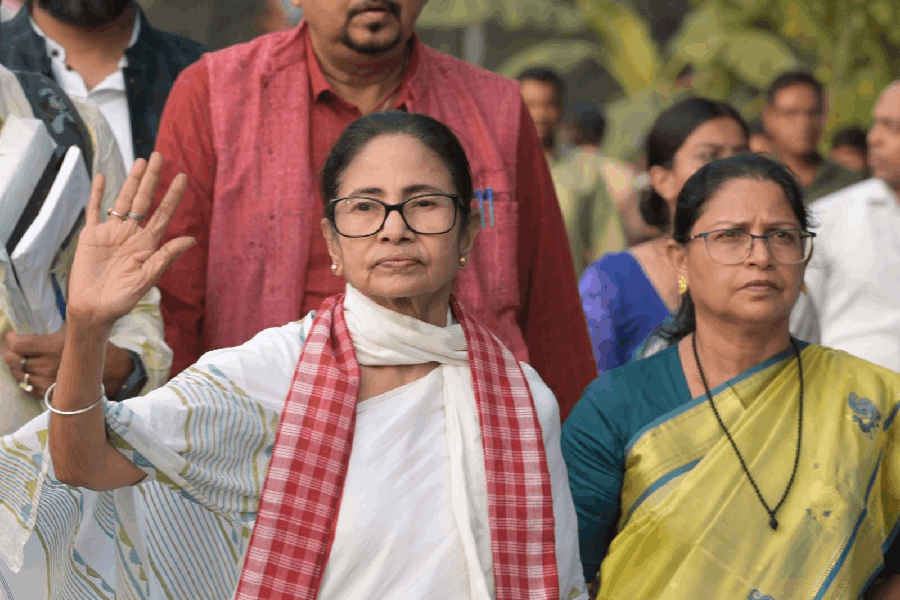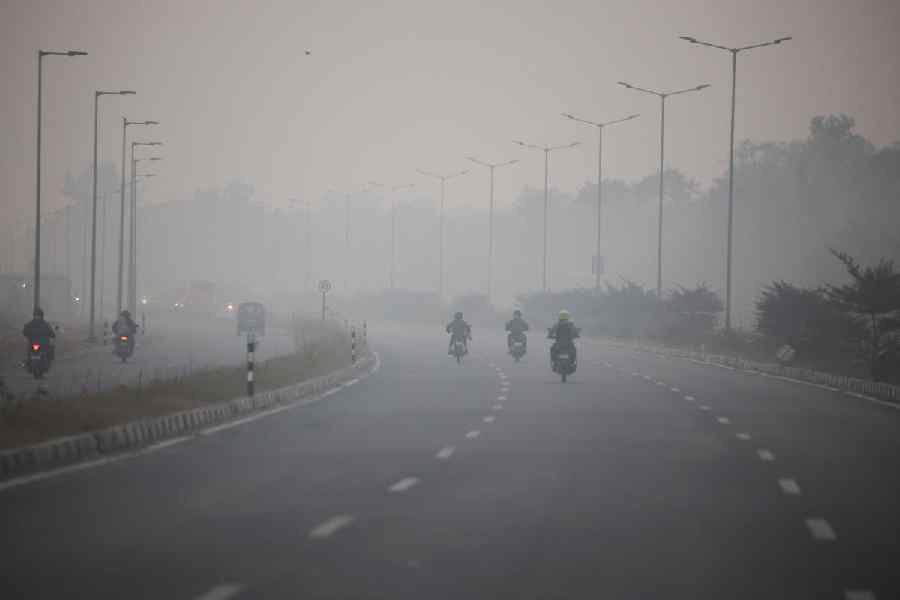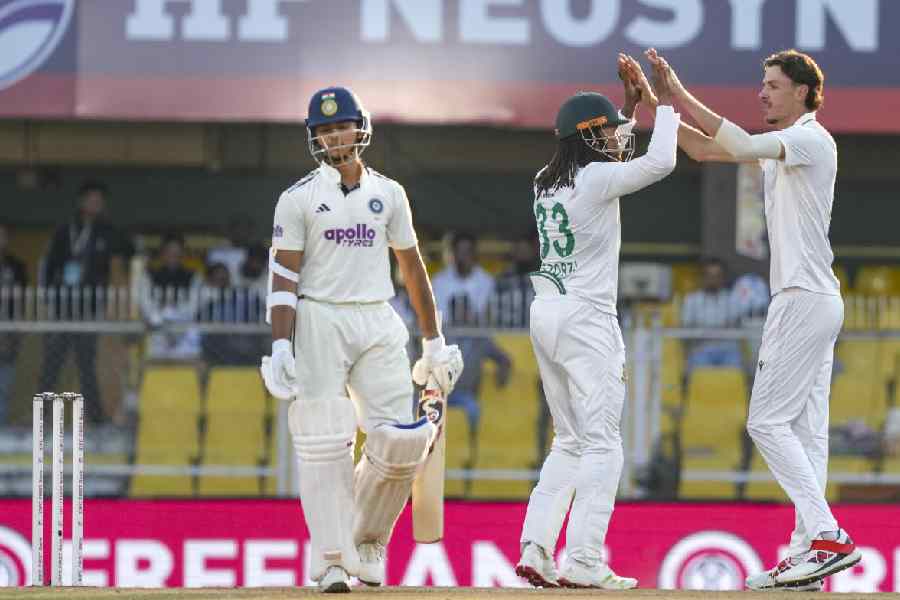
Seven years after being charged with the murder of seven members of her own family, death row convict Shabnam received the death warrant in her cell in Moradabad Jail last month. As she signed on the paper, she held her six-year-old son born to her in jail.
However, the death warrant, issued by the Amroha sessions court, failed to mention the date and time of the execution - a crucial omission. What's more, Shabnam's death warrant had come in before she had even filed a mercy petition to the President of India.
A few days later, the Supreme Court, reacting to a writ petition filed by the Death Penalty Litigation Clinic of the National Law University (NLU), stayed the execution. This was done on the grounds that the sessions judge had signed the death warrants of Shabnam and her partner in crime in haste, without waiting for the convicts to exhaust all the legal remedies (the mercy petition, for one) available to them.
In their judgment on May 27, Justices A.K. Sikri and Uday Umesh Lalit observed, "We hold that condemned prisoners also have a right to dignity and execution of death sentence cannot be carried out in an arbitrary, hurried and secret manner without allowing the convicts to exhaust all legal remedies."
The judges endorsed the safeguards laid down by the Allahabad High Court in the People's Union for Democratic Rights (PUDR) vs Union of India case. That judgment, which commuted the death sentence of Surinder Koli, the domestic servant in the infamous Nithari child killing case, to life imprisonment, specified certain safeguards for death row convicts. These include giving sufficient notice to the prisoner before issuing a death warrant so that he or she can opt for legal aid, mentioning the specific date and time of execution, allowing for a reasonable time to elapse between giving the convict the the death warrant and the date of execution, and so on.
Human rights lawyers say that in Shabnam's case, her rights under Article 21 of the Constitution were being violated. Even as a death row convict, she is entitled to her right to life and liberty until her "very last breath". That was the phrase used by the Justice P. Sathashivam-led three-member Supreme Court bench in Shatrughan Chauhan & Anr vs Union Of India & Ors (January 2014), where the death sentences of 15 death row prisoners were commuted to life imprisonment.
Clearly, the judgment in the Shabnam case is another shot in the arm for human rights lawyers fighting against the "barbaric practice" of capital punishment. Yug Mohit Chaudhry, senior human rights lawyer at Mumbai High Court, agrees that it has become absolutely "impossible" for the government to hang death row convicts in secrecy today - as Afzal Guru was hanged in 2013, for example. "It can never happen again," he says. "It has been further clarified in the Shabnam judgment that due process of law is enforceable till the last and final stage for a death row convict."
Apart from "inordinate delay" in the President deciding on a prisoner's mercy petition, there are other factors that can work in his or her favour even at the last minute. Surinder Koli had exhausted all his legal remedies - his mercy petition was also rejected by the President - but the Allahabad High Court commuted his death sentence to life imprisonment on certain other grounds. "Unnecessary and unreasonable" delay was one, but so was keeping him in solitary confinement, which is considered unconstitutional (according to Sunil Batra etc. vs Delhi Administration and Others, etc., 1978). Koli's lawyers also raised the point of a crucial lapse on the part of the Uttar Pradesh government while filing his mercy petition. The state government had applied rules meant for non-death row convicts while filing his mercy petition - a procedural lapse that helped save him from the gallows.
Similarly, Holiram Bordoloi, a death row convict from Assam, who brutally killed a family including a child, got a stay on his execution last year on the grounds of delay, solitary confinement and non-application of mind in deciding his mercy petition. A writ challenging the rejection of his mercy petition by the President and his execution is slated for hearing on July 16 at the Gauhati High Court.
Experts say that while the merit of a mercy petition rejected by the President cannot be questioned, the prisoner has the right to challenge the execution on the grounds of procedural lapses. Colin Gonsalves, senior lawyer and founder of Human Right Law Network and senior lawyer, explains, "The papers sent to the President of India may not have contained the trial court judgment or the relevant papers, or the jailor's opinion on whether or not the prisoner has reformed. The President must look at all the angles of the case and judge a mercy petition. He has to apply his mind to the mercy petition."
Clearly, the President's rejection of a mercy petition is by no means the end of the road for a death row convict. In fact, the Shatrughan Chauhan judgment states that even after the President has rejected a mercy petition, the convict can approach a writ court for commutation of the death sentence on the ground of "supervening" events, if available.
This could be the emergence of a crucial evidence at the last minute which may be a mitigating factor, says Anup Surendranath, director, Death Penalty Litigation Clinic, NLU, that provides legal aid to 30 death row prisoners.
Surendranath reveals that in the case of Maharashtra sisters Seema Mohan Gavit and Renuka Shinde, who were convicted for killing several children, a crucial evidence has come up which can help them to escape the noose. The sisters' mercy petition was earlier rejected by the President and a writ challenging their execution is waiting to be heard in the Bombay High Court.
Again, in the dacoit Sonu Sardar case, where the convict killed five members of a family in Chhattisgarh in November 2004, the government reportedly made an error in stating his age at the time of the crime. His mercy plea was rejected by the President in May 2014, and a writ challenging his execution has been filed in the Delhi High Court.
"As more and more procedural safeguards are being put into place by successive judgments, it will be get increasingly difficult to hang anybody," says Surendranath.
Others feel that sometimes procedure creates "obstacles in way of justice". As Justice V.S. Sirpurkar, a former Supreme Court judge who has handled many death row cases in his career, says, "Finally, you have to weigh the effect of the technical lapses against the gravity of the crime."
So will death row convicts really escape death in most cases from now on? Human rights lawyer Yug Chaudhury is cautious when he says, "It depends on the extent to which the Shatrughan Chauhan judgment is complied with."
On the whole, however, he believes, as do many others, that the courts are moving in the direction of "evolving standards of decency" to ensure that death row convicts have many avenues to contest their sentence.











